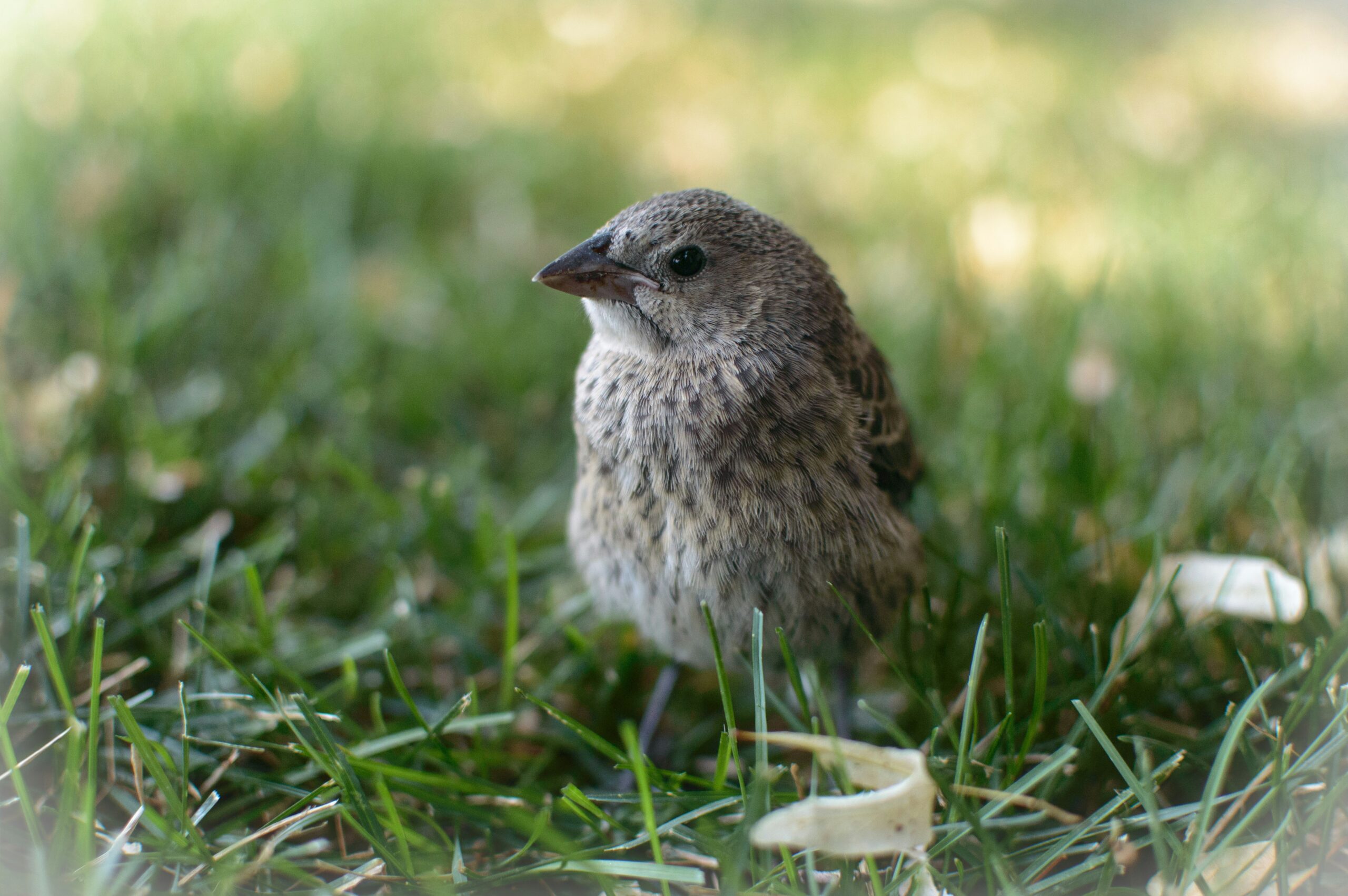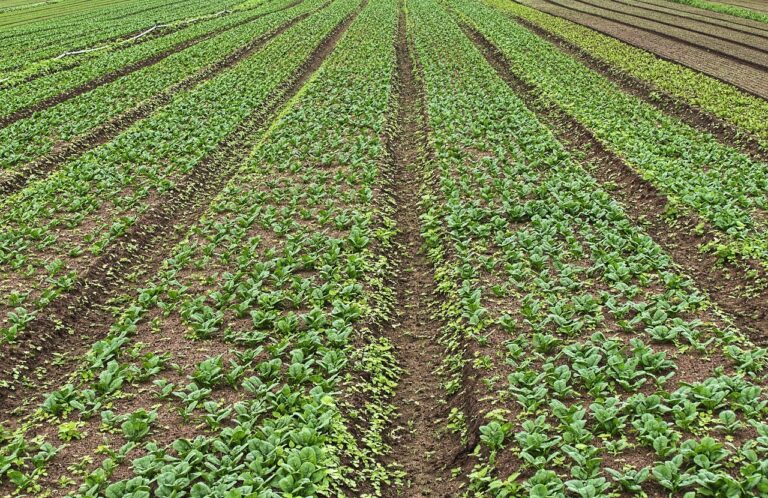Understanding Your Garden Ecosystem: Plants and Wildlife
Regenerative farming is a holistic approach to agriculture that focuses on restoring and enhancing the health of the soil, plants, and wildlife in a particular ecosystem. By understanding and implementing regenerative farming principles, gardeners can create a thriving and sustainable garden ecosystem that benefits both the environment and their own well-being.
The Basics of Regenerative Farming
Regenerative farming stands as a transformative approach to agriculture, aiming not merely to sustain but to actively rejuvenate the soil, flora, and fauna within an ecosystem. This method places a significant emphasis on cultivating a vibrant, life-sustaining soil ecosystem, rich in organic material and bustling with microorganisms. A hallmark of regenerative farming is its dedication to enhancing soil health, which serves as the cornerstone for a thriving agricultural system. By nurturing the soil with organic matter and fostering a biodiverse microbial community, this practice promotes robust plant growth and resilience, leading to increased water retention in the soil and a diminished necessity for synthetic fertilizers and pesticides.
This approach is characterized by a series of interconnected practices designed to mimic natural processes and restore ecological balance. Among these, maintaining a continuous living cover on the soil surface, employing strategic grazing techniques, and implementing diversified crop rotations play pivotal roles. These methods work in concert to prevent soil erosion, enhance nutrient cycling, and support a diverse ecosystem both above and below the ground. By adopting regenerative farming, gardeners and farmers alike contribute to the creation of agricultural systems that are not only productive but also sustainable and harmonious with the natural world, ensuring the long-term health and fertility of the land.
Creating a Thriving Plant Ecosystem in Your Garden
In a garden that adheres to regenerative farming principles, the selection and nurturing of plants are done with great care to foster mutual support and health within the plant community. Embracing plant diversity is key to this approach, as a varied plant population not only attracts beneficial insects but also offers shelter and nourishment to a wide range of wildlife, thereby enriching the soil and enhancing the garden’s overall ecosystem. Companion planting emerges as a crucial strategy in this context, whereby certain plant combinations are cultivated together to deter pests naturally, encourage pollination, and optimize nutrient use. Similarly, crop rotation is implemented to prevent the depletion of soil nutrients and to disrupt cycles of pests and diseases, ensuring the longevity and vitality of the garden.
Moreover, the practice of cover cropping plays a pivotal role in maintaining a living, breathing soil throughout the year. Cover crops, such as legumes and grasses, are planted during off-seasons to protect and nourish the soil, improving its structure and fertility while suppressing weeds and preventing erosion. These plants contribute to the buildup of organic matter in the soil, fostering an environment where beneficial microorganisms can thrive and support healthy plant growth.
By integrating these regenerative farming practices, gardeners can craft a plant ecosystem that is not only visually appealing and productive but also self-sustaining and beneficial to the broader environment. This approach champions the strength found in diversity, promoting a garden landscape where plants, soil, and wildlife coexist in harmony, each element reinforcing the resilience and productivity of the whole.
Encouraging Wildlife to Enhance Your Garden Ecosystem
Attracting a diverse array of wildlife into the garden serves as a cornerstone for bolstering the ecological harmony and functionality of a regenerative farming system. The presence of birds, bees, butterflies, and other beneficial fauna is instrumental in facilitating pollination, natural pest control, and the enhancement of soil composition. One effective strategy to entice these creatures is the planting of native species, which offer familiar nourishment and habitat for local wildlife, thus promoting a balanced and interconnected ecosystem.
In addition to flora choices, creating structures and environments that mimic natural habitats can significantly amplify the presence and benefits of wildlife within the garden. Elements such as ponds, which provide water for birds and insects, and hedgerows or brush piles, which offer shelter for small mammals and invertebrates, are invaluable. These features not only cater to the needs of various species but also encourage them to become active participants in the garden’s ecosystem, contributing to its health and resilience.
Equally important is the commitment to avoiding synthetic pesticides and fertilizers, which can harm beneficial insects and other wildlife, disrupting the garden’s natural balance. Instead, fostering an environment that supports predatory insects and birds can naturally mitigate pest populations, reducing the need for chemical interventions.
By implementing these practices, gardeners can create a sanctuary that not only thrives with diverse plant life but also buzzes with the activity of beneficial wildlife. This synergy between plants and animals enriches the soil, strengthens plant health, and ultimately cultivates a more vibrant and sustainable garden ecosystem.
Soil Health: The Foundation of Your Garden Ecosystem
Soil is more than just a medium in which plants grow; it is a living, breathing entity teeming with microorganisms, organic matter, and the essence of life itself. In the context of regenerative farming, the vitality of the soil underpins the health and diversity of the entire garden ecosystem. Practices such as composting and mulching are critical, as they contribute organic matter that nourishes the soil, enhancing its structure and water-holding capacity. These methods also encourage the proliferation of beneficial microbes, which play an essential role in decomposing organic material, fixing nitrogen, and breaking down toxins.
Minimizing soil disturbance preserves its intricate structure and the habitats of the organisms within it. Methods like no-till gardening maintain the soil’s integrity, reduce erosion, and help to prevent the loss of precious topsoil. Furthermore, the implementation of these practices supports the soil’s ability to sequester carbon, mitigating the impact of climate change by drawing carbon dioxide from the atmosphere and storing it in the ground.
Healthy soil is the linchpin that supports robust plant growth, enhances resilience against pests and diseases, and provides a foundation for a flourishing garden ecosystem. By focusing on the health of the soil through regenerative farming practices, gardeners can cultivate a garden that is not only productive and vibrant but also a testament to the interconnectedness of life. This approach underscores the importance of nurturing the soil, ensuring it is rich, fertile, and alive, setting the stage for a garden ecosystem that thrives in harmony with nature.
Integrating Regenerative Farming Practices into Your Garden Management
Embarking on the journey of incorporating regenerative farming practices into your garden is a transformative step towards fostering a harmonious and resilient ecosystem. The essence of this integration lies in recognizing the garden not just as a space for cultivation but as a living system where every element, from the soil to the wildlife, is interconnected. Begin with small, manageable changes, such as introducing cover crops to enrich the soil or practicing crop rotation to maintain its health and vitality. These initial steps can significantly impact the garden’s ecological balance and productivity.
Diversifying plant species is another crucial aspect of regenerative garden management. This diversity acts as the garden’s immune system, reducing pest outbreaks and disease spread, thus minimizing the need for interventions that disrupt ecological equilibrium. Experimenting with companion planting can also enhance this biodiversity, creating a symbiotic relationship between different plant species that support each other’s growth and well-being.
Another key practice is the establishment of habitats for beneficial insects and pollinators. This can be achieved by dedicating small sections of the garden to wildflowers or native plants, providing natural pest control and pollination services, thereby reinforcing the garden’s resilience.
Adopting a holistic perspective on garden management, where each action is considered for its impact on the ecosystem, lays the foundation for a thriving garden. Through these regenerative practices, gardeners not only contribute to the vitality of their garden but also to the health of the planet, paving the way for a sustainable future.
The Benefits of a Regenerative Garden Ecosystem
Embracing regenerative farming principles yields a plethora of advantages for both the gardener and the environment. This sustainable approach enhances biodiversity, fostering a vibrant array of plant and animal life that enriches the garden ecosystem. With improved soil health at its core, regenerative gardens boast superior water retention capabilities, allowing them to thrive even in challenging conditions. This natural resilience reduces the garden’s dependency on chemical fertilizers and pesticides, promoting a safer habitat for beneficial insects and wildlife.
Increased plant vigor and yield are direct outcomes of these practices, as healthier soils support more robust plant growth. Gardeners witness a notable improvement in the quality and quantity of their produce, attributing to the balanced and nutrient-rich environment their plants dwell in. Additionally, this method of gardening plays a crucial role in carbon sequestration, mitigating climate change impacts by capturing atmospheric carbon dioxide and storing it in the soil.
The ripple effect of fostering a regenerative garden extends beyond the confines of one’s yard, contributing to the well-being of the local ecosystem. It helps in the conservation of local flora and fauna, ensuring the preservation and proliferation of native species. By aligning gardening practices with the principles of nature, regenerative gardens act as beacons of sustainability, demonstrating that responsible stewardship of the land leads to a healthier planet for future generations.






